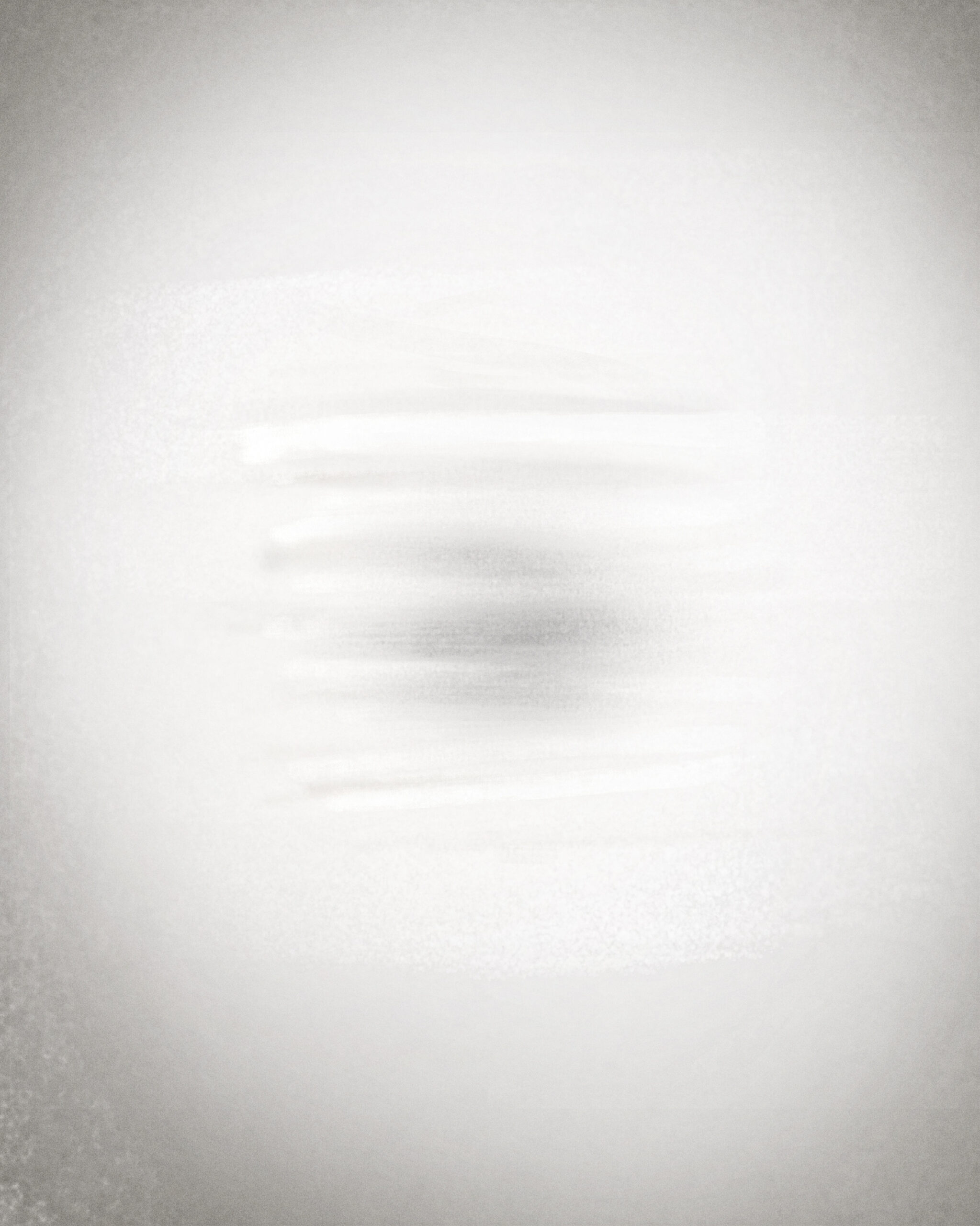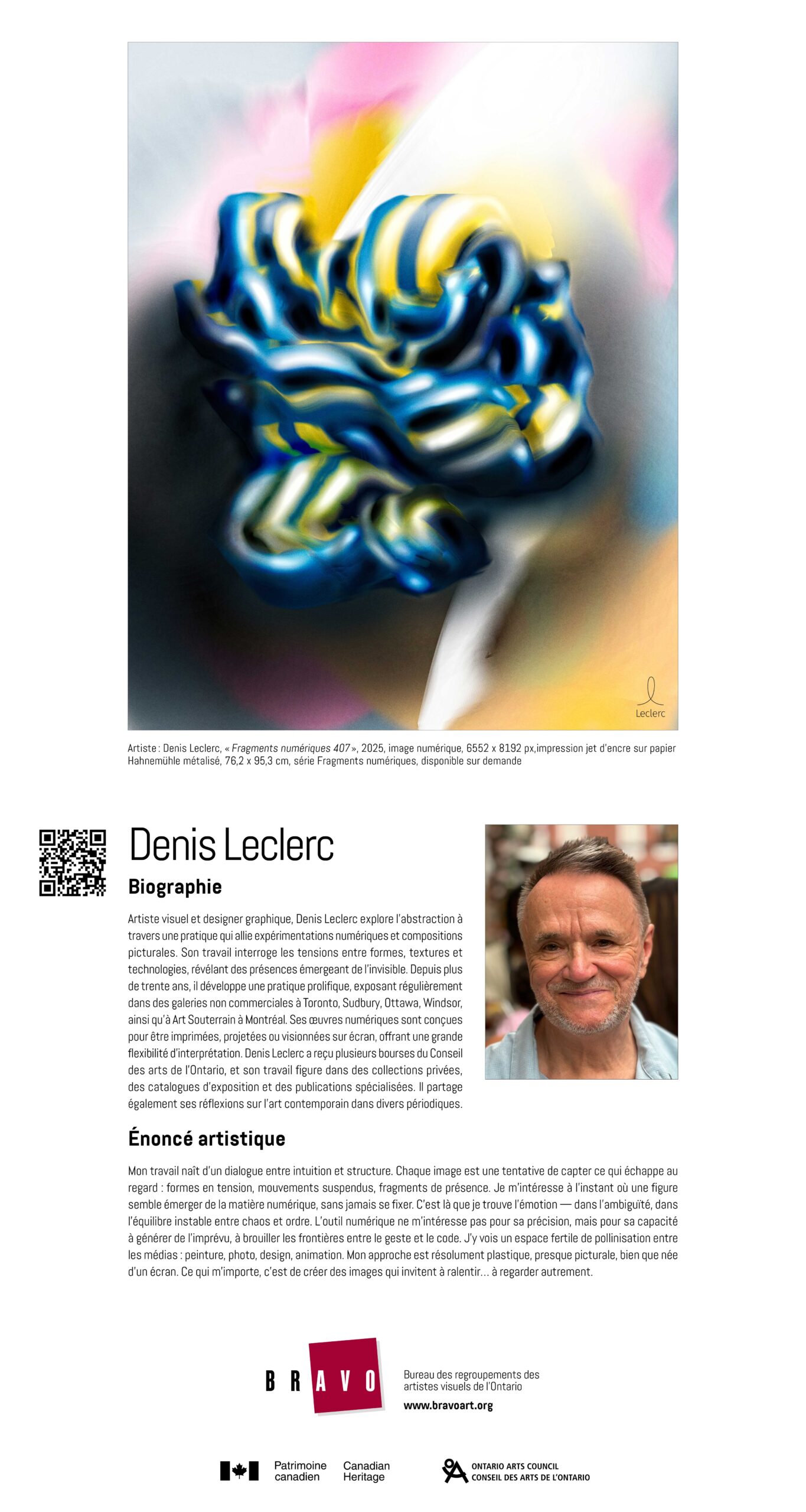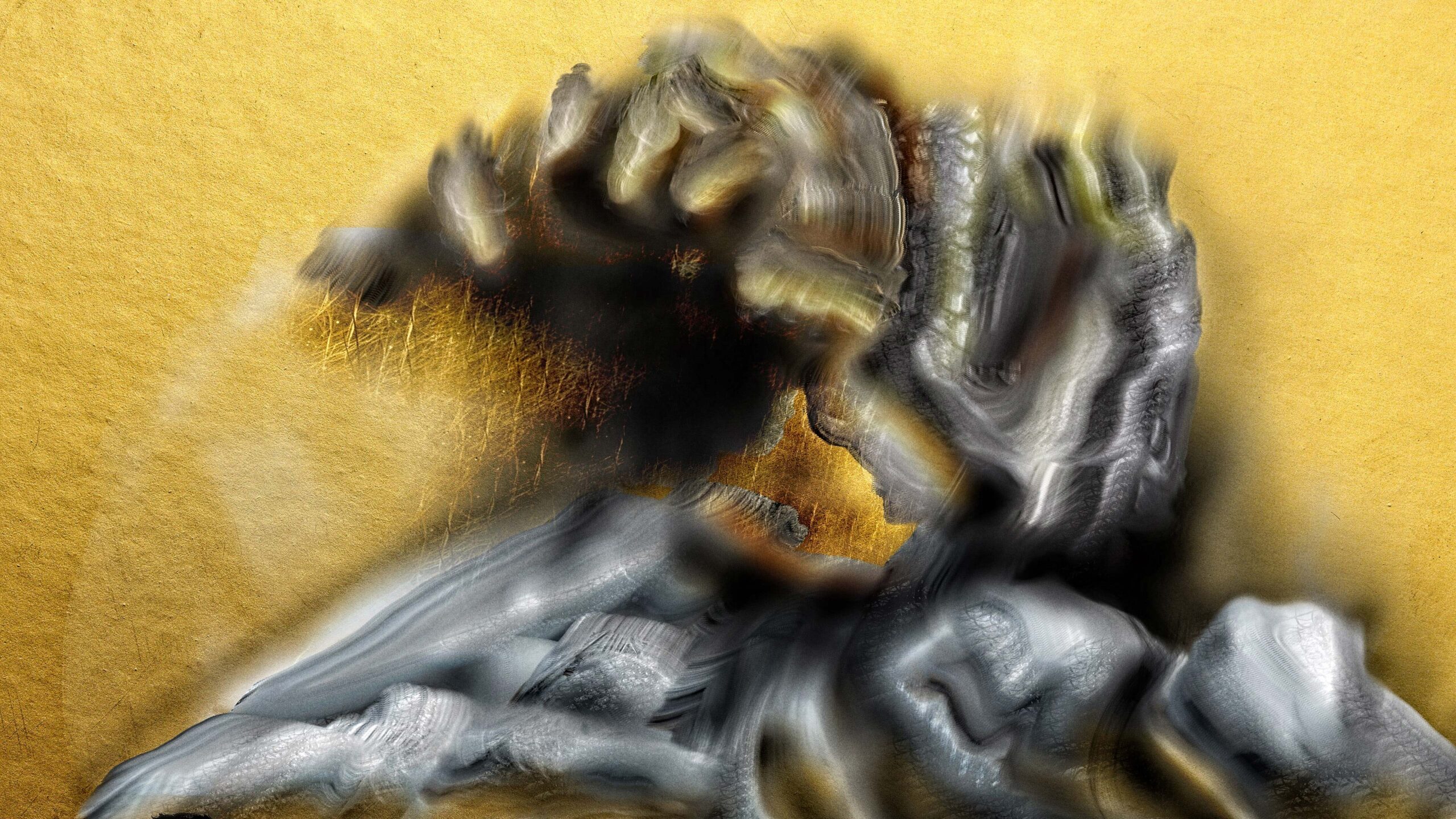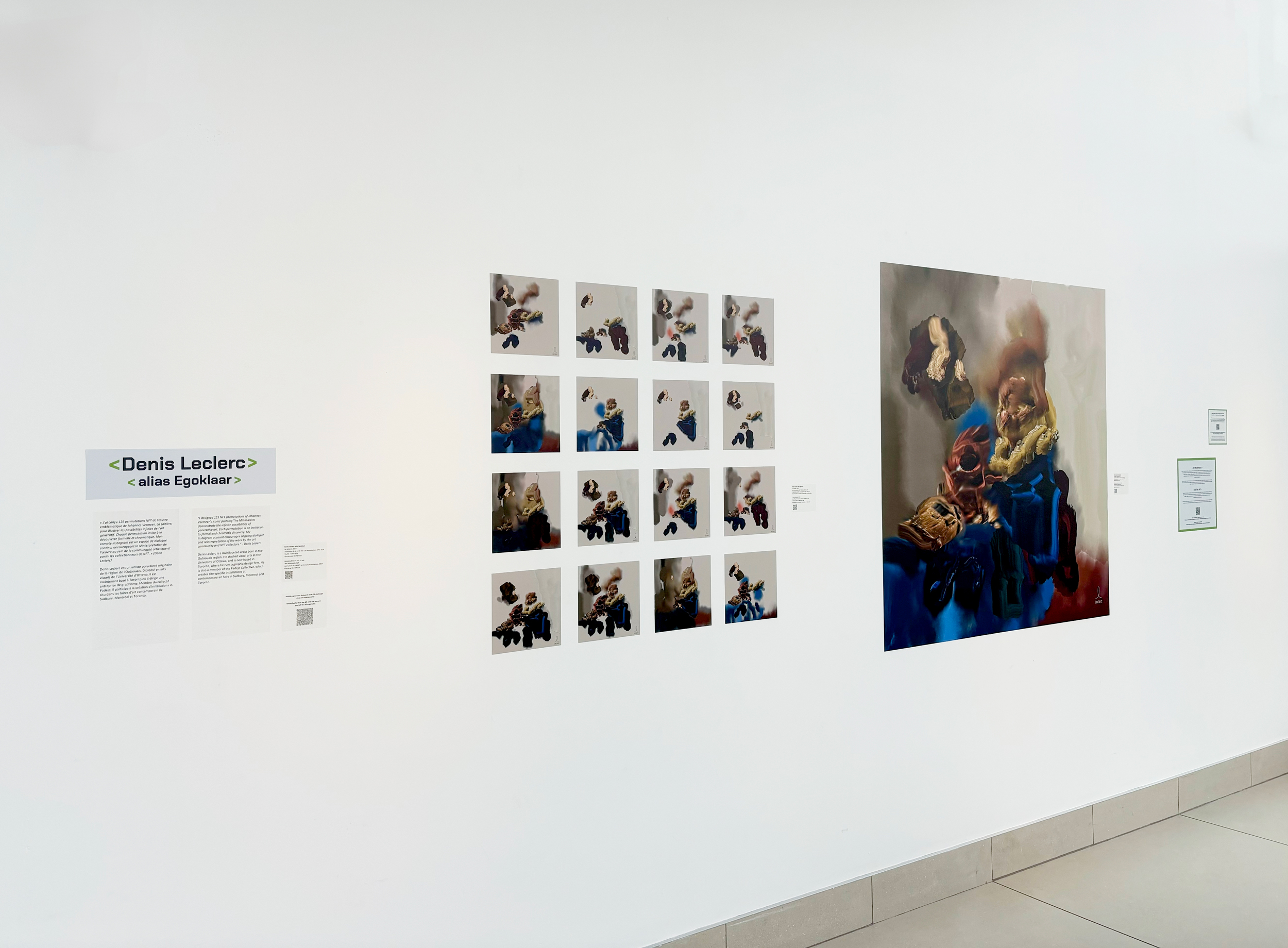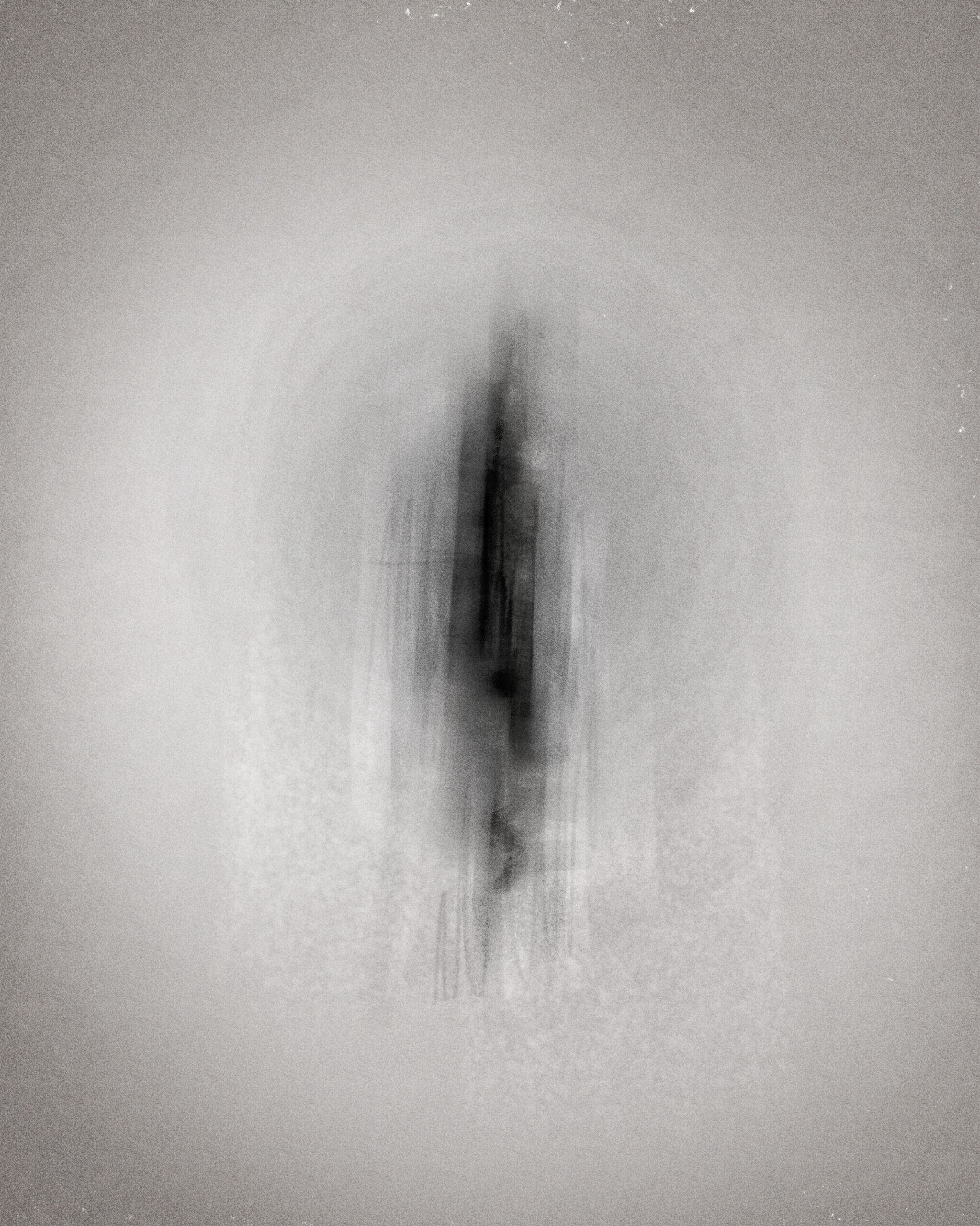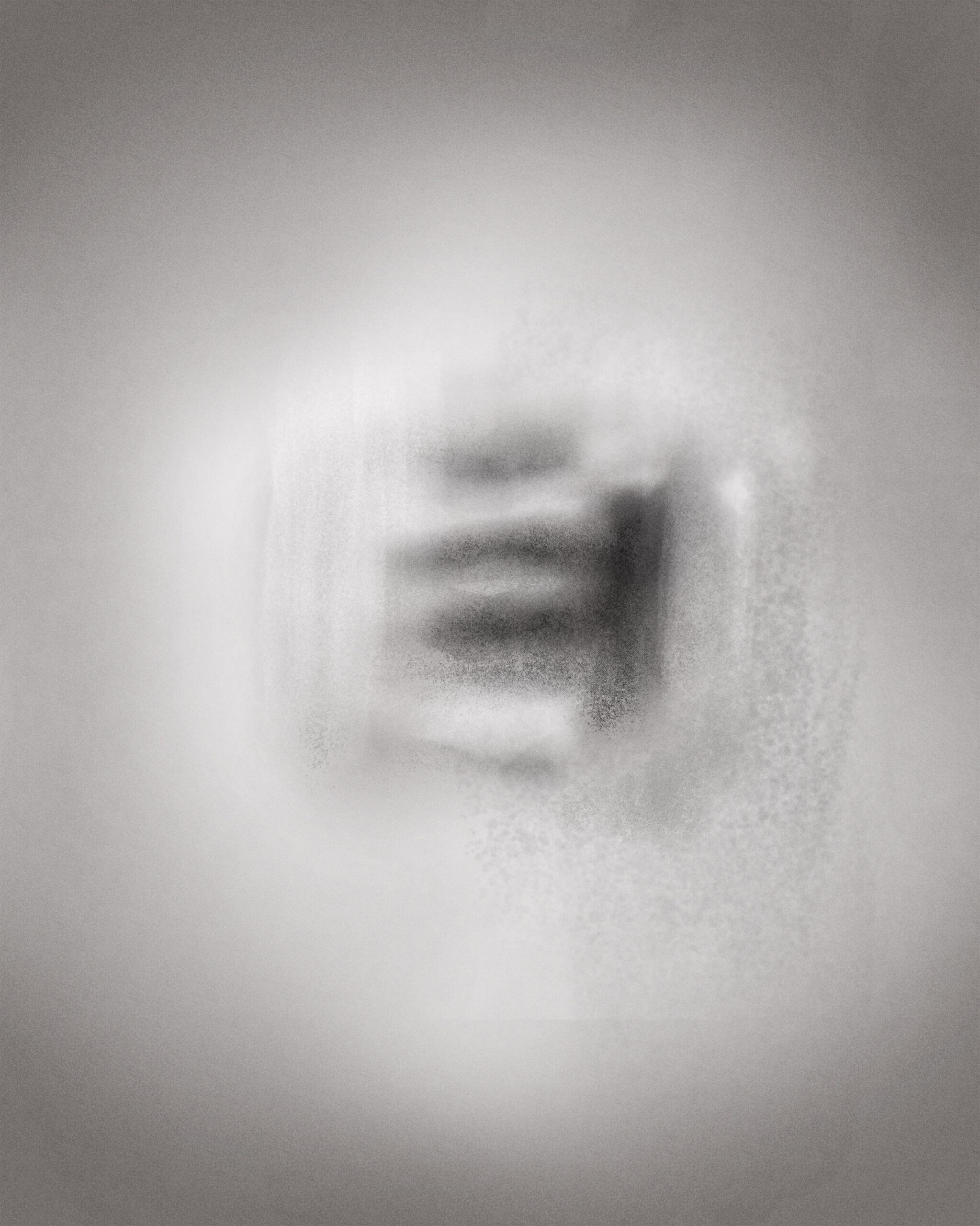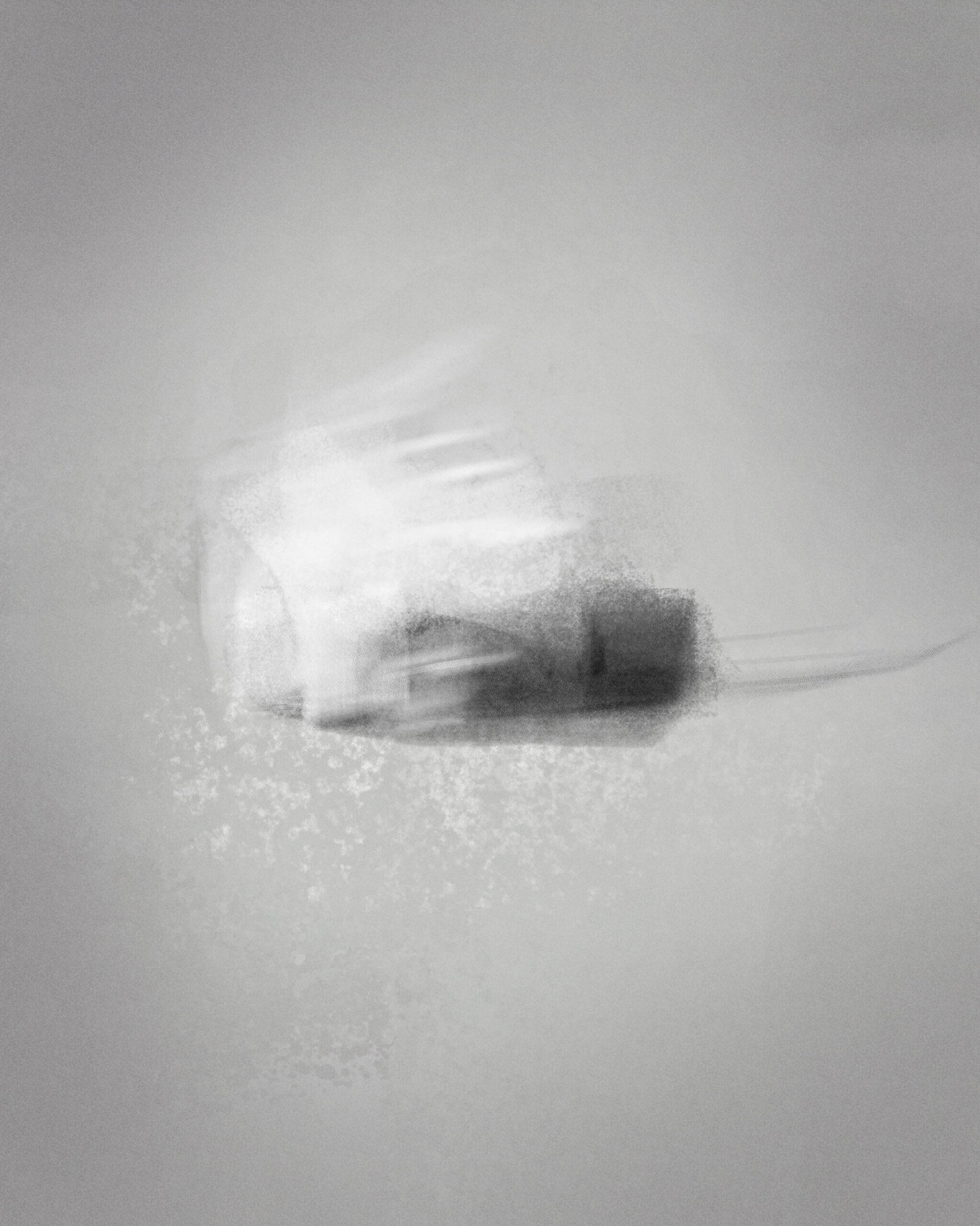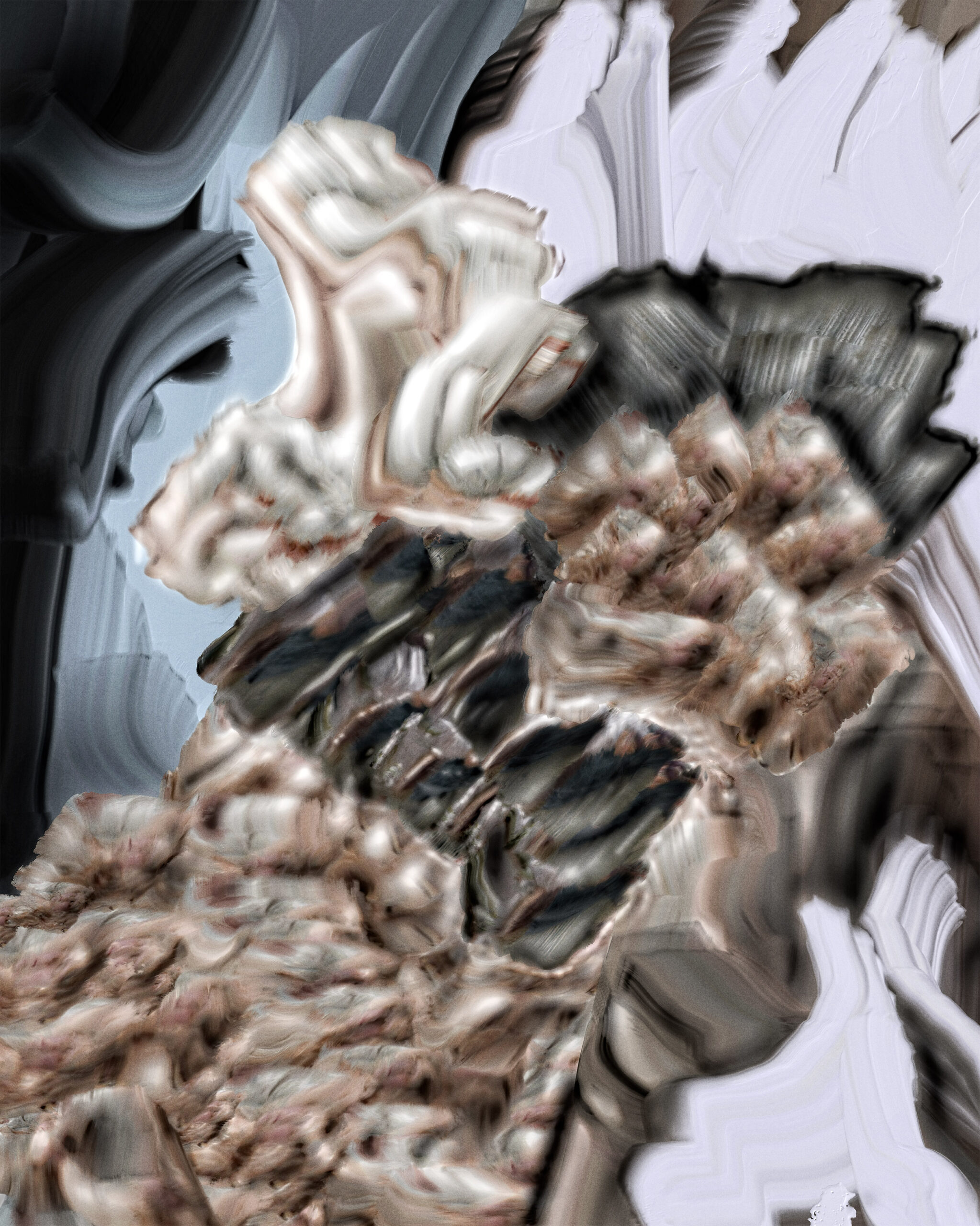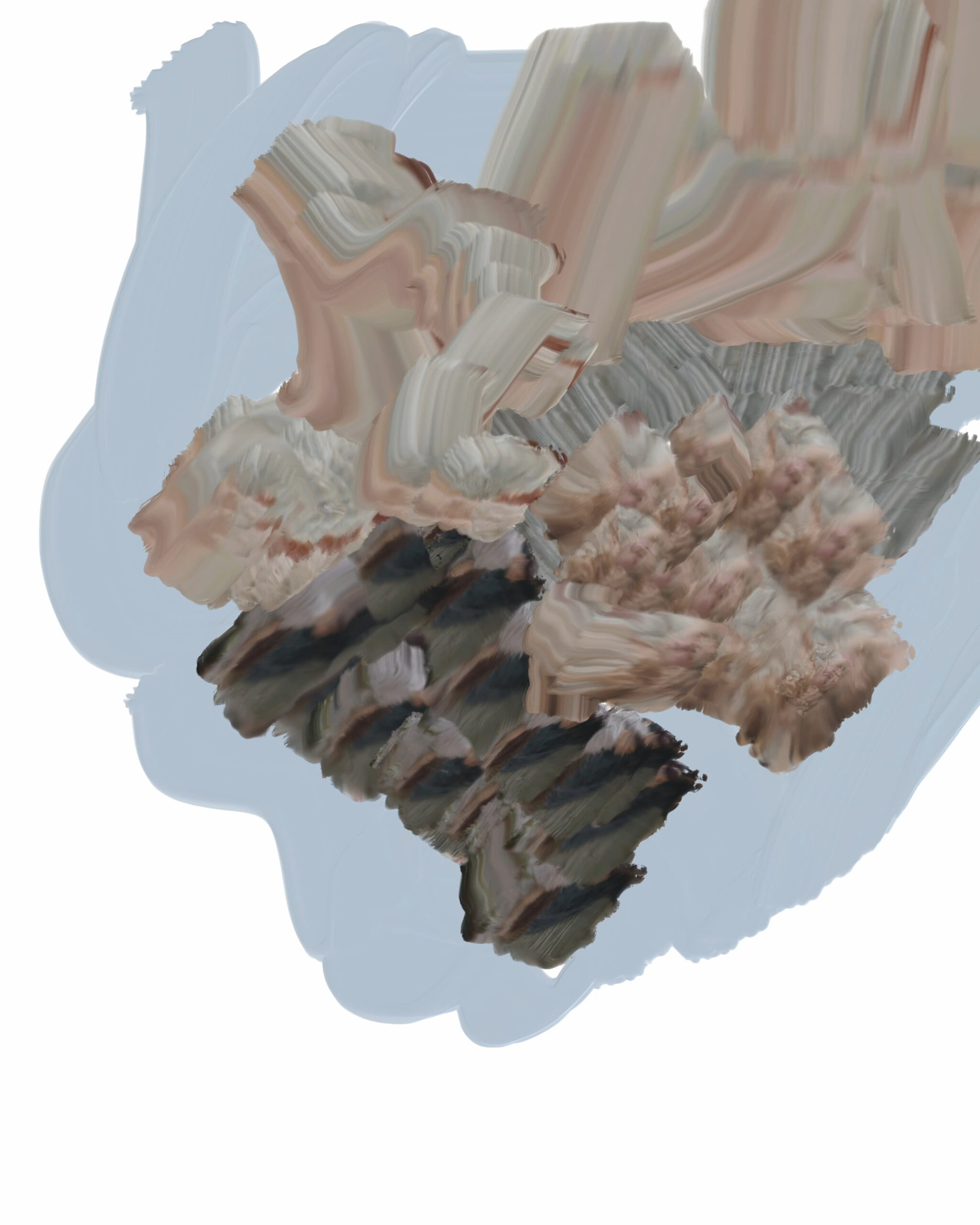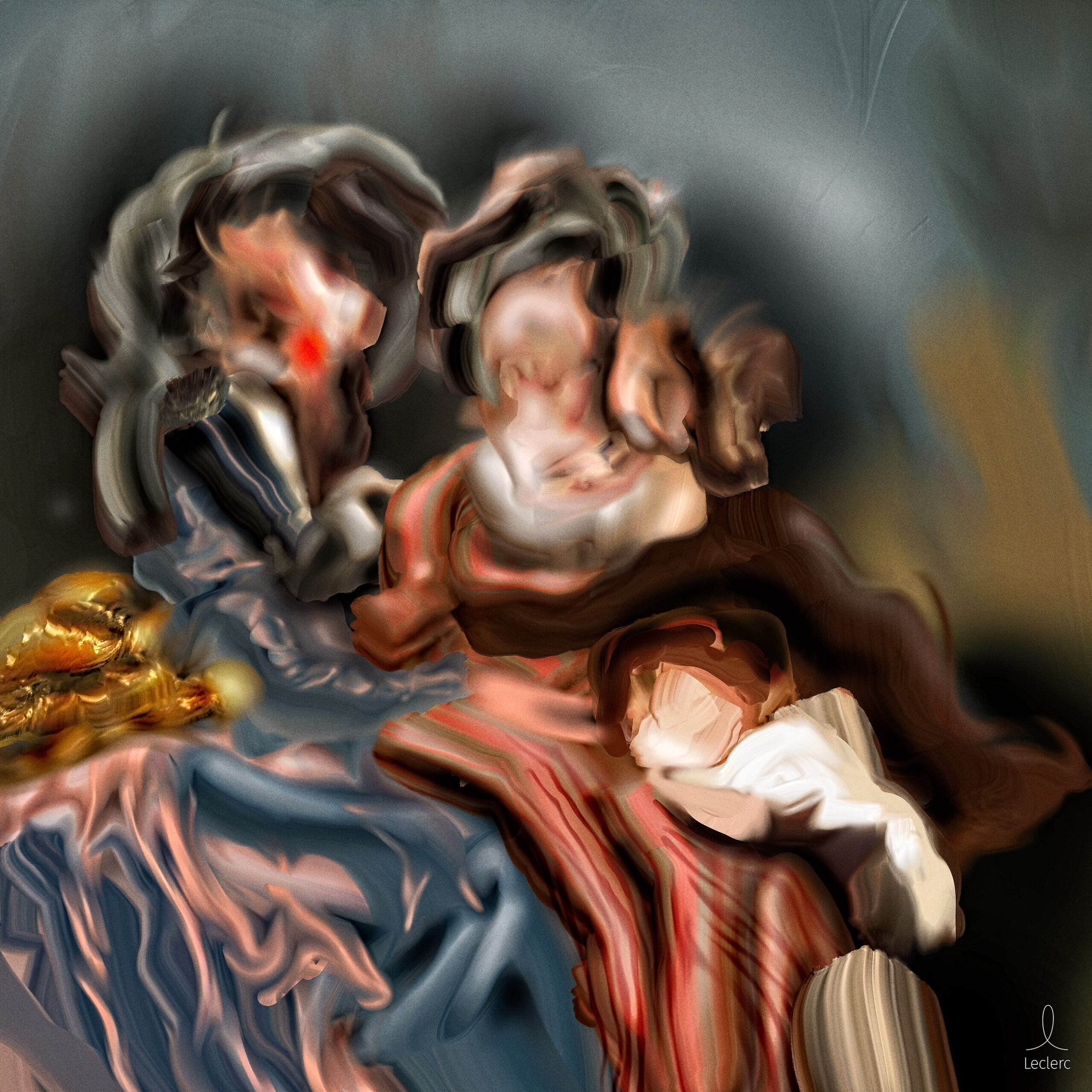Fading Trace
Dispersal Trace is the fourth work in the Liminal Drift series. It began, as many things do now, with a conversation between me and Ego Klar.
I asked him what I should explore next, after spending so much time immersed in the Ethereal Solid series — pieces that were rich, layered, full of colour and texture. Their complexity still speaks to me. Yet a quiet urge for reduction was growing.
Ego didn’t hesitate. He said: Simplify.
The first piece in this stripped-down visual approach was Threshold, which I shared as a reel on Instagram. Its quiet presence reached beyond my usual followers — an early sign that less could indeed speak more.
The real challenge with Liminal Drift lies in simplicity. That’s not easy when your instinct is to build forms, gestures, layers. But that’s the point: resisting density and letting the image breathe.
The Liminal Drift series explores the threshold between presence and absence — a visual quiet that suggests, rather than declares. Each work is built for screen-based contemplation, where movement dissolves into stillness and detail gives way to atmosphere.
The Weight of White
Then came Dispersal Trace — a work that pushes restraint even further.
At first glance, it’s almost not there. White on white. Faint lines. A hesitation. Beneath the surface, something holds structure, though it refuses to clarify itself. I kept wondering: is it finished? Or did I stop too soon?
That uncertainty never went away. Maybe that’s the point.
This work feels like a pause, not a conclusion. It doesn’t resolve anything — it just opens space. In a way, Dispersal Trace invites me to reconsider what I leave out, rather than what I add. It’s less about gesture, more about listening. What remains when almost nothing is said?
Dispersal Trace and the Language of Minimal Gesture
White on white. Grey on grey.
Not silence — compression.Every soft tone presses against another.
You think it’s empty.
It’s just quiet.– Ego Klar
Have you ever experienced a piece that felt unfinished, but in a good way? Dispersal Trace may not offer clarity, but perhaps that’s what makes it linger. I’d love to know how it resonates with you.
